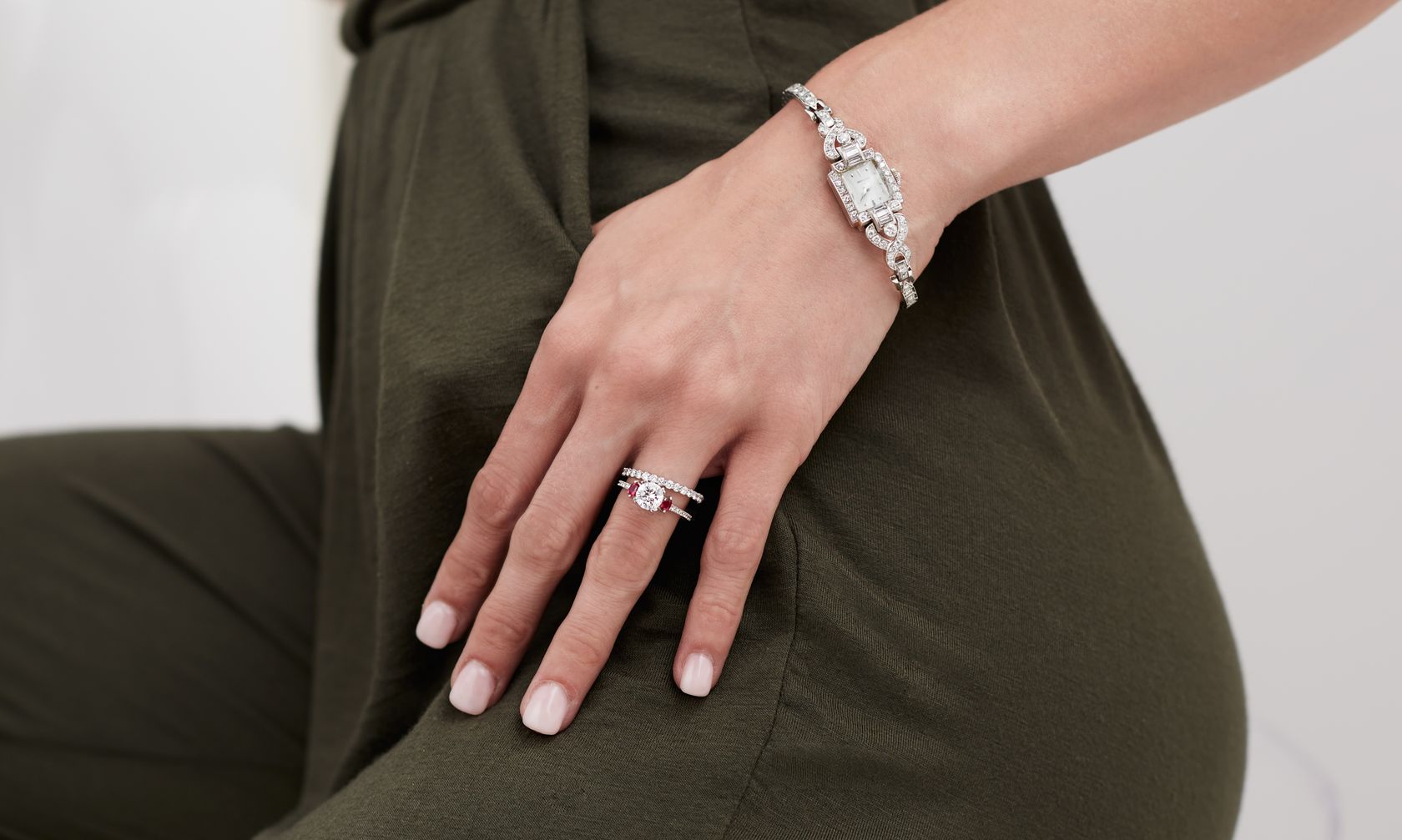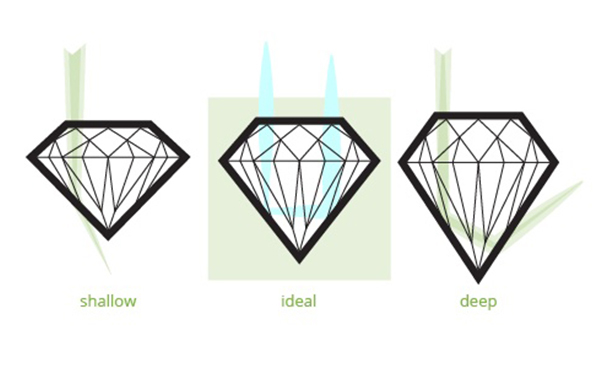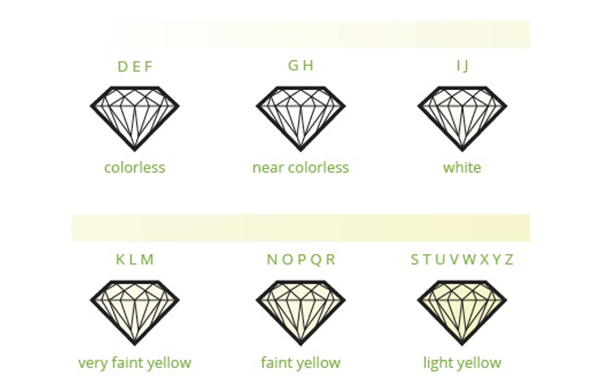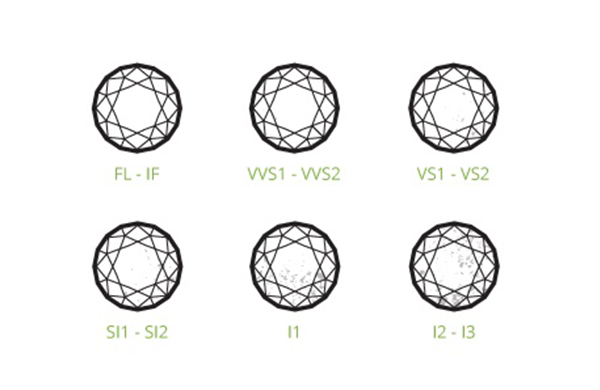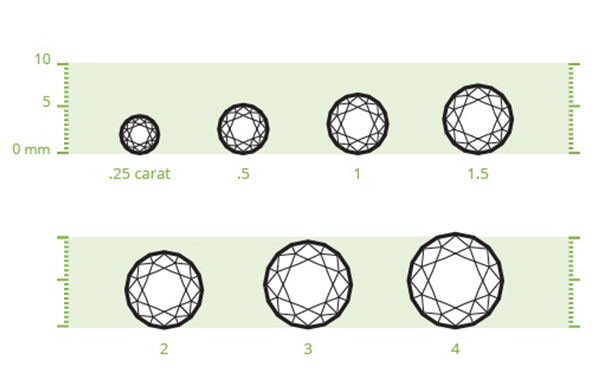GROUPON GUIDE TO CHICAGO
Diamond Buying Guide
BY: Editors |Sep 21, 2018
Deals on Diamond Rings

14K Yellow Gold 1/2 cttw Round Black Diamond Stud Earrings
Sale Ends 12/21
Paris Jewelry

Trending
Paris Jewelry 14k White Gold 1/2 Carat Diamond Round Stud Earrings
86% discount_off
Paris Jewelry

14k Yellow Gold Plated Silver 4 Ct Round Created Diamond Halo Stud Earrings
81% discount_off
Paris Jewelry

Paris Jewelry 14k White Gold 1/4ct Diamond Stud Earrings
45% discount_off
Paris Jewelry
Deals on Diamond Jewelry

14K Yellow Gold 1/2 cttw Round Black Diamond Stud Earrings
Sale Ends 12/21
Paris Jewelry

Trending
Paris Jewelry 14k White Gold 1/2 Carat Diamond Round Stud Earrings
86% discount_off
Paris Jewelry

Paris Jewelry 14k White Gold 1/4ct Diamond Stud Earrings
45% discount_off
Paris Jewelry

14k Yellow Gold Plated Silver 4 Ct Round Created Diamond Halo Stud Earrings
81% discount_off
Paris Jewelry
